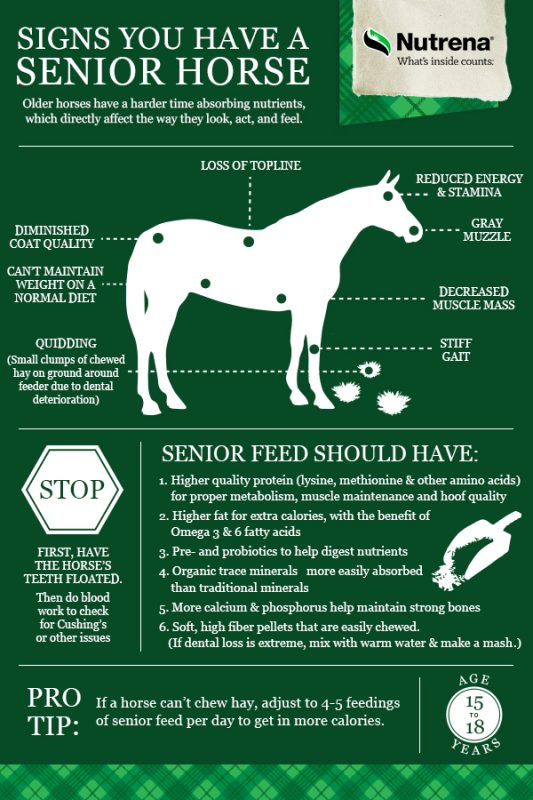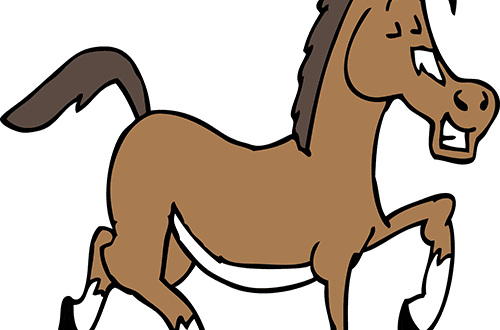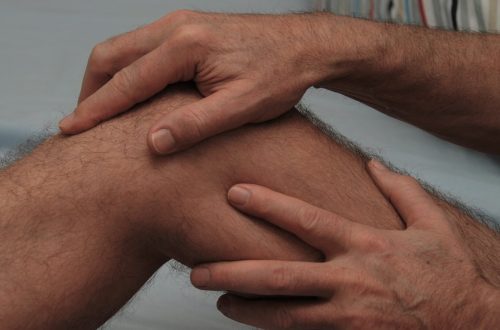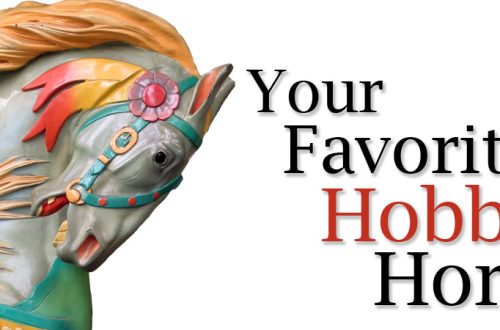
Age horse diet
Age horse diet
Older horses may have special dietary requirements associated with a variety of body aging processes. But how to understand at what age you need to start feeding a horse in a special way? Some 10 years ago, a twenty-year-old horse was considered surprisingly ancient, and now this is the age of the postman Pechkin, who “I’m just starting to live – I’m switching to retirement!” My opinion on this matter is this: if the horse continues to eat his usual diet normally, does not lose weight, muscles and mood, then there is no need to “bother” ahead of time. Just make sure that the diet matches the load.
When a horse has special needs, he will let you know. She may begin to lose weight or, conversely, gain weight; muscles may suddenly begin to disappear, severe diarrhea may begin or, conversely, blockages, other gastrointestinal problems may appear. All this will tell you that age changes have already reached the point where your horse needs a special diet.
the most the main and first cause of digestive problems and weight loss in older horses – is inefficient chewing of food. Even if all the teeth at first glance are healthy and in place, the angles of the dental arcade change and, accordingly, the application vector and the magnitude of the force when chewing food. And by about 30 years, most horses have completely lost their bоmost of the teeth. In addition, with age, the amount of saliva produced decreases, which also does not contribute to the proper chewing of food.
The first and easiest thing to do is to switch your horse to well-soaked food that does not need to be chewed. Replace hay with thinner and softer hay, it can also be soaked. Even if in this case, the horse does not eat hay, but procrastinates in the mouth and then spits out “washcloths”, it needs a feed containing a large amount of fiber to replace the hay. These can be ready-made complete feeds for older horses (with a crude fiber content of at least 15%), or you can mix yourself approximately the following mixture:
- VTM from alfalfa: 2 parts
- Beet pulp in chips: 1 part
- Wheat/rice bran: 1 part
- Oatmeal (if necessary): 1 part.
You can also add flaxseed or sunflower meal or replace oatmeal with it. The total amount of this mixture per day is about 2% of the horse’s weight, divided into as many feedings as possible. Do not remove the hay completely, even if the horse cannot swallow it at all! The horse will procrastinate it in the mouth, while saliva will be released, which is necessary to neutralize the acid in the stomach. In addition, the horse will feel busy.
In addition to the above mixture, you must add salt (minimum 30 grams), ground flaxseed or flaxseed oil, vitamin E 1000 – 2000 IU per day and vitamin and mineral top dressing.
Other Causes of Weight Loss, Muscle Mass and Digestive Problems in Older Horses:
1. Reduced production of gastric juice. While there are no studies on this subject in horses, it is a common aging problem in other animal species. Under the action of acid in the stomach, the digestion of protein coming from food begins. If there is little acid, the efficiency of protein digestion, as well as minerals, will be reduced. Possible early symptoms include unexplained loss of muscle mass, hoof and coat problems, anemia, and low immunity despite an adequate and balanced diet. If no other reason can be found, you can try adding 200-250 ml of any vinegar (NOT vinegar essence !!!) to each meal, as well as 50-100 grams of a mixture of essential essential amino acids per day. If the problem is low acidity, changes will become noticeable within a few weeks.
2. Reduced activity of the pancreas and, consequently, a lack of digestive enzymes. The pancreas produces enzymes that break down fats, fast carbohydrates and proteins into smaller molecules that can be absorbed through the intestinal wall into the blood. Weight loss, diarrhea, and unexplained colic can be symptoms of pancreatitis. On biochemical analysis, amylase and lipase will be elevated. In the dietIf you have pancreatitis, you need to limit fast carbohydrates and fats – leave only ground flax as a source of essential omega acids from fats, replace fast carbohydrates with beet pulp or other foods rich in fiber, but not containing a lot of protein or fat, and add top dressing containing digestive enzymes, in all feedings.
3. Problems with intestinal microflora. For unknown reasons, the diversity of the intestinal microflora decreases with age in horses. In this situation, a complex probiotic containing lactobacilli and yeast, as well as prebiotics (such as beet pulp or psyllium), can help.
4. Cushing’s disease. This disease occurs in approximately 25% of horses over 15 years of age. Cushing is characterized by elevated levels of cortisol, a catabolic hormone that breaks down protein in both muscle and connective tissue. The simplest test for Cushing’s disease is an analysis of the hormone ACTH. The main symptoms are: long, hard, long-lasting winter coat, polydipsia (intense thirst) and polyuria (frequent and copious urination), lethargy, excessive sweating or, conversely, its absence, autumn laminitis.
Other age-related changes include decreased immunity. In particular, this applies to immunity to parasites. It makes sense for older horses to deworm more often than younger horses, and also not to keep them in the same levada/pasture with foals under two years old, who are usually more heavily dewormed than adult horses, for the same reason that immunity to parasites is only developing. . Decreased immunity manifests itself mainly in a reduced function of acquired immunity (production of antibodies), while the congenital, non-specific branch of immunity, on the contrary, begins to predominate, which is expressed in stronger inflammatory and allergic reactions.
It is believed that the ability of horses to produce vitamin C decreases with age. Research on this topic is conflicting, but at the same time, a grazing horse gets much more vitamin C from grass than when fed hay and concentrates. Therefore, outside the pasture season, it makes sense to add additional vitamin C to the diet, at least starting from 15-16 years old – 3 g each. per day (6 mg / kg of weight), and after 20 years – 10 gr. in a day. In addition to antioxidant protection, vitamin C is a necessary element in the formation of connective tissue – in particular, ligaments and tendons, as well as gums.
In addition to vitamin C, older horses are advised to add acetyl-l-carnitine and alpha-lipoic acid as antioxidant protection, the production of which also decreases with age.
Many horses develop arthritis to a lesser or greater degree by the age of 20. And although this is highly dependent on external factors, such as loading, trimming / forging, exterior features, age also plays a significant role in joint problems. A mild degree of arthritis is quite successfully supported by chondroprotectors (glucosamine, chondroitin, hyaluronic acid). In more severe cases, it makes sense to add ASU (avocado and soy unsaponifiable compounds) to them, as well as an analgesic component, for example, Devil’s Claw.
Despite the fact that this article is about nutrition, I will still write that the main remedy against a decrease in immunity, as well as against a decrease in muscle mass, exacerbation of arthritis, increased oxidative stress and many other age-related changes, is a feasible regular exercise! Diet alone will not solve all the problems of aging, while good work, supported by the right diet, can significantly improve the quality of life in your horse’s later years!
Ekaterina Lomeiko (Sara).
Questions and comments regarding this article can be left in блоге the author.
 Fi_World 18 2018 of August
Fi_World 18 2018 of AugustThank you very much for the article! And here’s a question… There is a horse, 20 years old, maybe older. The veterinarian looked at his teeth – he says ok, the horse eats a lot of hay, the chair is chic (I’m not afraid of this word, really chic), the molt passes normally, but periodically the horse falls over. It is true that it is hollow, but the fall-off with these periods does not agree in any way in time. But here’s what’s strange, she noticed such a trick behind her: she chews hay with pleasure, for example, “approaches”, i.e. chews – moves away, chews – walks. But one and a half kg of pellets were soaked for her – at first she chewed clearly with enthusiasm, and then she didn’t eat about a third and went for a walk and eat hay, again without revealing any anxiety. Against the background of thinness, such behavior looks strange. Is she full or does she not have enough gastric juice, or what kind of nonsense can it be? It’s just that if the ribs didn’t stick out and a hole wasn’t organized in the croup, then there would be no confusion. And so – the happy skeleton walks and refuses to eat. The horse works, and works very zealously, I would even say, “you won’t see it, you won’t believe it” …. Thanks in advance for your advice! Answer
 Maria 20 2018 of August
Maria 20 2018 of AugustDear Fi_Sveta, the author may not see your comment. But you can ask your question on her blog (the link to it is in the article) or in a personal message (to Sara). In addition, in the subsection of the forum “veterinary medicine” there is a wonderful topic dedicated to a variety of feeding issues. Answer
 Fi_World 20 2018 of August
Fi_World 20 2018 of AugustThanks a lot! 🙂 Reply





